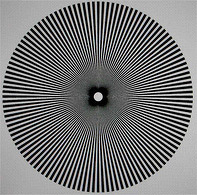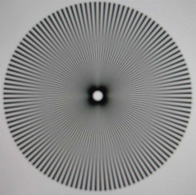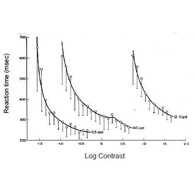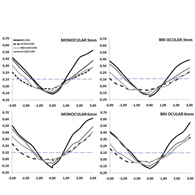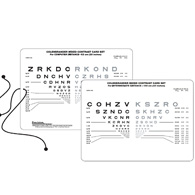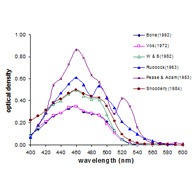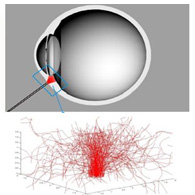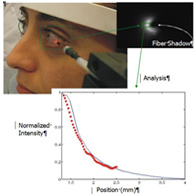Welcome from Prof. I. Pallikaris, founder and ex-Director of the Programme

Ioannis Pallikaris
Dear students,
I am delighted to welcome you to the Postgraduate Program "Optics and Vision". Today the program is running its 15th year of operation and is still unique in its field in Greece. With the experience of its operation so far, I can also argue that the objectives set out in its founding are exemplary.
"Optics and Vision" is an interdisciplinary program that under the auspices of the Department of Medicine aspires to cover the subject of Physiological Optics and Visions of Science through collaboration of related departments of the University of Crete. This goal requires the convergence of cutting-edge scientific fields such as Medicine, Physics, Mathematics and Material Science into the biomedical field of vision in order to create a common scientific space. The aim of the program is to produce new scientists who will be aware of the particular "language" of this space and will be able to follow and lead the scientific developments, which are the strident advances in ophthalmology of the last decades.
The participation of scientists from the Departments of Mathematics, Physics and Materials Science and Technology and scientists from the Institutes of the Foundation for Research and Technology, and their collaboration with doctors of the University Ophthalmology Clinic and the scientists of VEMMO, creates a unique environment of education and scientific production. In addition, collaboration with distinguished scientists and organizations abroad gives the Program the international character that is decisive both for modern education and the ability of graduates to continue their studies or their career in the wider European area.
The Summer School in Visual Optics organized by the Program and VEMMO is an excellent opportunity to get a snapshot of the Program.
I invite you to participate in the annual selection process of the "Visual and Vision" Master Program with the certainty that it is one of the most up-to-date and competitive programs in our country.
Sincerely,
IG Pallikaris, MD
Em. Professor of Ophthalmology
ex Rector of the University of Crete


